What is the ‘Break-Up’ of the ‘Breakthrough’ of Modi’s Nuclear Diplomacy with Obama?
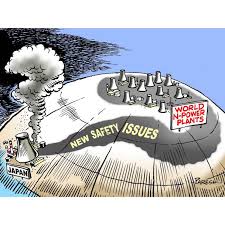 News channels gave ‘wall-to-wall coverage’ of the Obama visit. “The nation” was told about Obama’s dietary preferences and Michelle’s frocks and Obama-Modi “gup.” Yet, in spite of the hype and the optics, the media seemed to decide that “the nation did not want to know” the fine print of the Nuke Deal ‘breakthrough’ that was sealed between the two!
News channels gave ‘wall-to-wall coverage’ of the Obama visit. “The nation” was told about Obama’s dietary preferences and Michelle’s frocks and Obama-Modi “gup.” Yet, in spite of the hype and the optics, the media seemed to decide that “the nation did not want to know” the fine print of the Nuke Deal ‘breakthrough’ that was sealed between the two!
It appears that India has agreed to issue a memorandum diluting its interpretation of our law to protect MNC suppliers of nuclear equipment from being sued by Indian disaster victims. In the Indian epic Mahabharata, the Pandavas gift away to the enemy what was not theirs to gift away – the person of Draupadi. On the eve of Republic Day, what Modi has gifted away to Obama – without so much as telling, let alone asking Indian citizens – is the right of Indian victims of future nuclear Bhopals, to sue the US and other MNC suppliers of reactors. And he has, without telling or asking us, used our taxpayers’ money, our Jan Dhan, to subsidise these MNC suppliers in case of such accidents.
On the occasion of Republic Day, the Indian public lost their right to health and safety, and a law passed by Indian Parliament was scuttled in a secret deal between the US President and Indian PM! What can be more shameful?
Obama in his last speech in India, sold us the myth that “nuclear energy” will bring us clean electricity for Indian citizens. The truth is betrayed by the very reluctance of US nuclear firms to accept responsibility for disasters. First, nuclear power is very expensive and most unlikely to be used to provide electricity for poor Indians’ homes. SECONDLY, IF NUCLEAR ENERGY IS SO CLEAN AND SAFE, WHY ARE US COMPANIES TO SHY OF ACCEPTING LIABILITY IN CASE OF ACCIDENTS THAT THEY ASSURE US WILL NOT HAPPEN?
The BJP’s sheer hypocrisy and doublespeak is also nakedly apparent. Contrast their stance now, with their statements about the Nuke Deal in 2008, when the UPA was in power:
March 15, 2010 (Outlook)- BJP leader Yashwant Sinha said: “The bill not only limits the liability, it also transfers a large part of the liability to the government, in other words, the taxpayer. (It is) being brought under US pressure mainly to keep the two American multinationals – Westinghouse and General Electric – from paying any liability and making the Indian government liable to pay in case of an accident. The liability under Price Anderson Act of the US is $ 12.5 billion which is 23 times higher than the liability fixed for an Indian operator. Clearly, the life of an Indian is only worth a dime compared to the life of an American, this is a violation of Article 14 (Right to Equality) of Indian Constitution. Moreover, the Indian courts will not have any jurisdiction in these matters… No Indian court can order any nuclear supplier to pay any compensation. We will never accept this bill.”
Sep 8, 2010 (Outlook), BJP spokesperson Prakash Javdekar said: “The Nuke Liability Bill is a law passed by Parliament (in the Monsoon session). Parliament is supreme. The government cannot suddenly change anything surreptitiously without coming before Parliament.”
Sep 7, 2008 (Economic Times)- BJP leader Sushma Swaraj said : “For his own prestige, Manmohan Singh has put India’s sovereignty at stake on the nuclear deal issue. It is like the Moghul emperor Jehangir’s regime when he had permitted the East India Company for trading and in the process India became a slave for more than 250 years.”
The BJP U-turn once in power, only reminds us of the Wikileaks revelations of how BJP leaders like Jaitley assured the US authorities that their “nationalism” vis a vis Nuke Deal, FDI in retail etc is mere posturing.
We reproduce below excerpts (annotated and emphasis added) from an incisive article by Nityanand Jayaraman (Scroll.in, 29 Jan 2015) explaining the issues and clauses of the ‘breakthrough’ and the abject capitulation of the Modi govt before US and US nuke supplier MNCs.
The ‘breakthrough’ in Indo-US nuclear deal will bleed Indians every which way
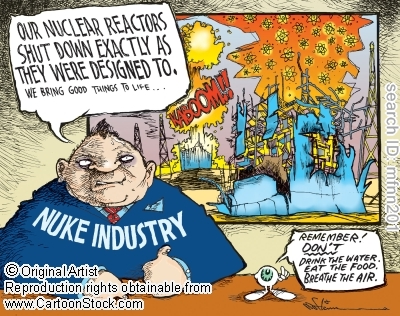 The taxpayer will be made to pay to cover US companies’ untested technologies and the expensive electricity they generate.
The taxpayer will be made to pay to cover US companies’ untested technologies and the expensive electricity they generate.
…. The Indo-US civil nuclear deal was signed by George Bush and Manmohan Singh in 2008. As per the deal, India agreed to separate its civilian and military nuclear activity and open up the civilian part to inspection by the International Atomic Energy Agency. In return, the US offered to resume full nuclear trade with India, ending its nuclear ostracism.
A thankful India carved out two large chunks of real estate in Mithi Virdi, Gujarat, and Kovvada, Andhra Pradesh, and offered them to two American multinationals – Toshiba-Westinghouse and GE-Hitachi – to set up nuclear power plants. Both projects involve untested technologies. In both instances, public sector Nuclear Power Corporation of India will be the operator.
Two Critical Issues that US Wanted Undermined
But two thorny issues have held up the export of nuclear technology from the US to India. First, US domestic law requires tracking by US authorities of nuclear supplies made to countries like India that have not ratified the Non-Proliferation Treaty. India found the requirement unduly intrusive as it was in addition to International Atomic Energy Agency verification.
Second, the Indian Civil Liability for Nuclear Damages Act provides for two-part recourse – through Section 17(b) and Section 46 – against nuclear equipment suppliers if the nuclear plant blows up.
India is not alone in providing such avenues. Japan, Austria, Switzerland and Germany have actually gone one step further and even removed liability caps. This is in line with the realisation that damages arising from nuclear accidents can run into billions of dollars, including compensation, relocation and rehabilitation, environmental remediation and lost trade due to contaminated agricultural and marine produce.
A study released in 2014 by researchers from Ritsumeikan University and Osaka City University said the Fukushima disaster will cost $105 billion or twice the predicted damage in 2011. This figure does not include the cost of decommissioning of reactors or safe disposal of the contaminated material and wastes. The researchers point out that the increased costs would be passed down to taxpayers and electricity ratepayers through increased tariffs. Belarus, which was worst hit by the Chernobyl disaster, has spent at least $235 billion over the last 30 years on relief, rehabilitation and clean-up. That is more than twice the size of the Indian nuclear market that American corporations are hoping to tap into.
Scrapping even limited liability
Indian law – CLNDA – is already weak. But American and Indian private equipment suppliers – like Westinghouse, L&T, JSW Steel and Tata Power – feel it is not weak enough. Section 17(b) of the Indian Act allows the operator to sue equipment suppliers. The Rules to the Act, however, limit supplier liability to Rs 1,500 crore in damages or the value of the contract, whichever is less. Section 46 of the Liability Act potentially exposes suppliers to unlimited tort liability under relevant Indian laws. However, under Section 17, only the operator can sue, and only if such a provision is expressly made in the contract. If the value of the contract with the supplier of the equipment that caused the accident is only Rs 5 lakh, then regardless of the extent of damage caused by that flawed equipment, Rs 5 lakh is all the operator is entitled to get from that supplier.
The Indian government has indicated that it will do away with EVEN this limited liability.
In a twist of Republic Day irony, Obama and Modi have opted to use backroom deals and executive discretion to bypass the spirit and intent of their respective legislatures. The US president says he has found a way to exempt supplies to India from US inspections meant to ensure non-proliferation goals. In return, the Indian prime minister has suggested that a publicly funded insurance pool will be set up to indemnify foreign suppliers and cover the liability under Section 17(b). Section 46 is sought to be neutralised through a legal opinion offered by the Attorney General.
Insurance burden on Indians
It is made to seem as if US multinationals like GE will “bring good things to life” and nothing will stand between 400 million Indians without electricity and their first light bulbs. India’s nuclear establishment too continues to exude its typical optimism, unfazed by the sorry reality of having installed less than 5000 MW of ill-functioning nuclear capacity in 60 years.
But as things stand, the prospects of getting American nuclear technology to light up Indian homes are dim. The insurance pool arrangement is commercially shaky and the protection offered by the Attorney General’s opinion against Section 46’s tort liability is legally fraught.
Details about the insurance pool are not available yet. But if it is set up, Indian taxpayers will be made to pay to cover risks associated with GE and Westinghouse’s technologies. A Reuters report talks of a kitty of $244 million, with the government-run General Insurance Corporation of India and a few public sector companies contributing one half and the government contributing the other. The Indian taxpayer will have to pay even if the plants do not blow up. If the supplier is asked to contribute to the pooled fund, that increased project and electricity cost would be passed on to Indian consumers. Anyway you cut it, we are screwed.
The Price-Andersen Act in the US also places a similar burden on American taxpayers. Cato Institute, a free-market think tank, estimates that this translates into a subsidy of 2 to 3 US cents (Rs 1.20 to Rs 1.80) per unit of nuclear electricity generated. Another calculation pegs the annual subsidy per American reactor at about $30 million.
More expensive electricity
Financially, solar and wind energy are already becoming more attractive than nuclear. Electricity from these renewable sources cost Rs 8 and Rs 4.5 per unit respectively, according to a report by solar think-tank Bridge to India. Renewables are quicker to erect and are not as politically contentious as nuclear. In contrast, the Mithi Virdi project has run into serious opposition from local residents and farmers. If it is ever built, electricity from the Westinghouse reactors will cost Rs 12 per unit.
Mithi Virdi power is too expensive for most utilities to afford even without the cost implications of a pooled liability fund. What then are we to make of this pursuit of expensive, untested American reactors? Is the government really serious that Rs 12 per unit electricity will light up indigent Indian homes? Or is all this merely an orchestrated pirouette in a more elaborate Indo-US diplomatic choreography? Is this about India’s electricity future, or its aspiration to be included in the club of nuclear big boys?
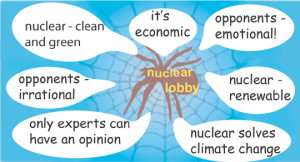 Both Obama and Modi consider corporations and not the people of Bhopal to be the real victims of the 1984 Bhopal disaster. Both leaders agree that a nuclear disaster is real enough, and that it is a matter of bilateral priority to protect – not communities and the environment – but the operators and suppliers of nuclear equipment in the event of a disaster. As for dealing with the aftermath of a nuclear catastrophe, the heads of the two great democracies seem to contend that Indians will make do with some compensation – about $480 million – from their own tax moneys.
Both Obama and Modi consider corporations and not the people of Bhopal to be the real victims of the 1984 Bhopal disaster. Both leaders agree that a nuclear disaster is real enough, and that it is a matter of bilateral priority to protect – not communities and the environment – but the operators and suppliers of nuclear equipment in the event of a disaster. As for dealing with the aftermath of a nuclear catastrophe, the heads of the two great democracies seem to contend that Indians will make do with some compensation – about $480 million – from their own tax moneys.
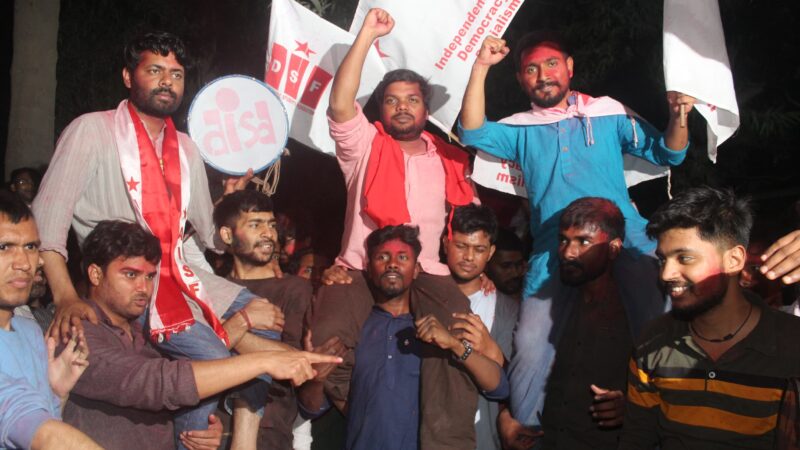
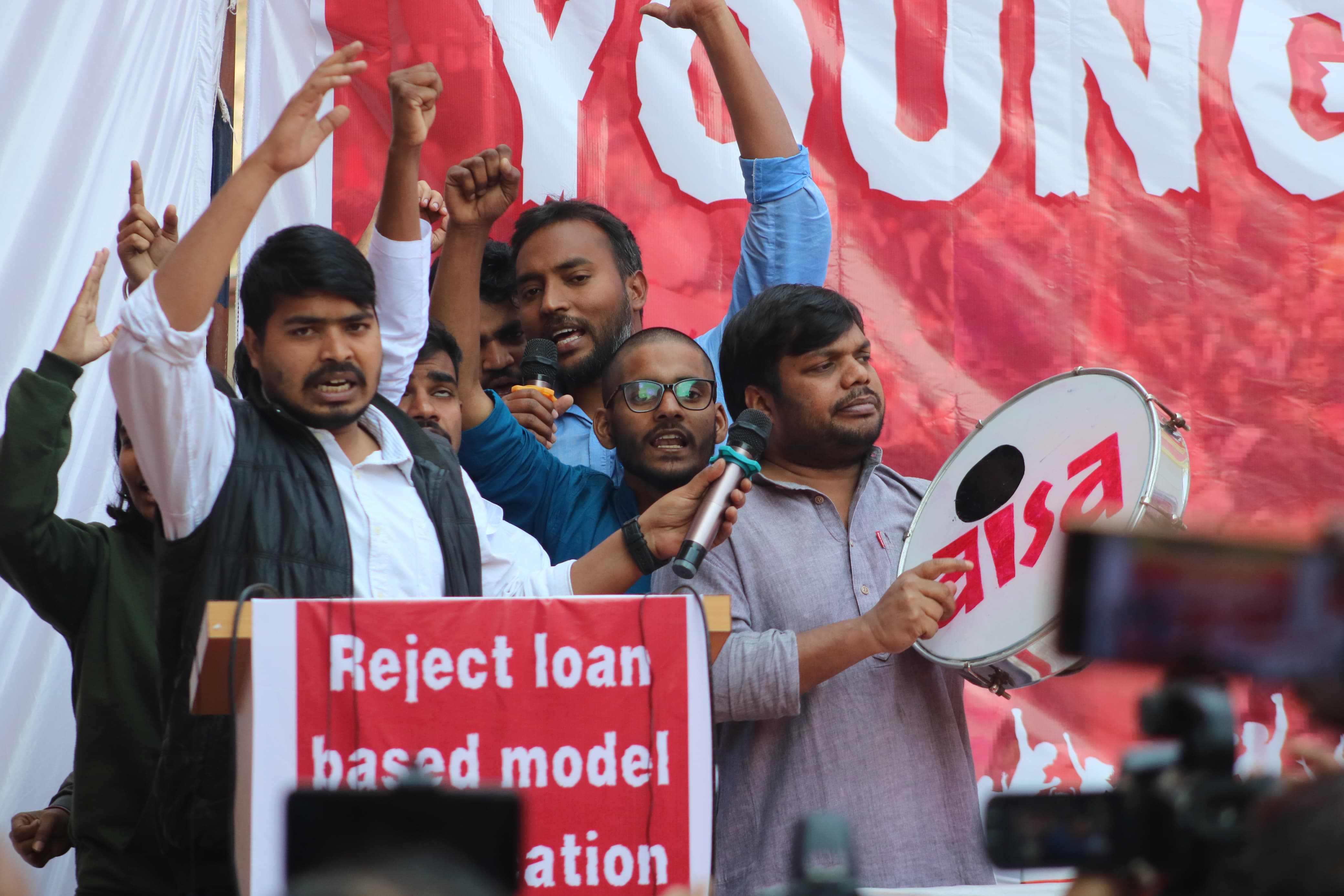
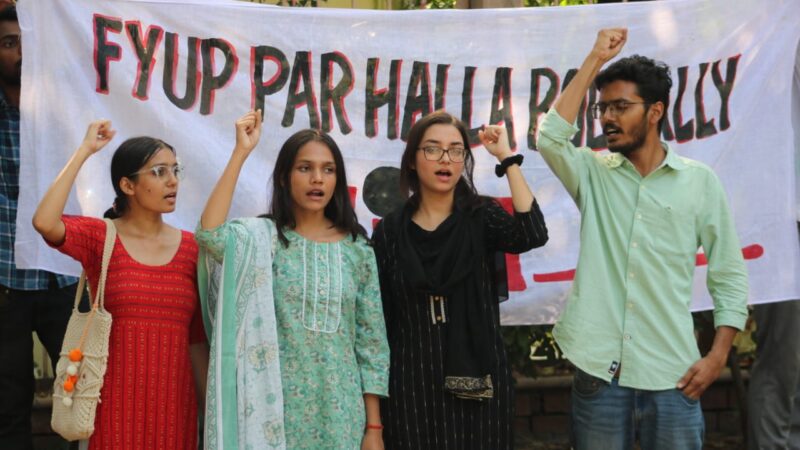


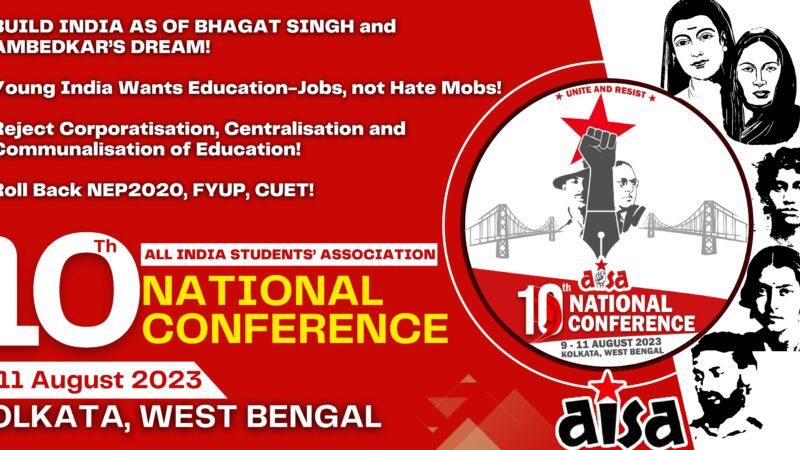
One thought on “What is the ‘Break-Up’ of the ‘Breakthrough’ of Modi’s Nuclear Diplomacy with Obama?”